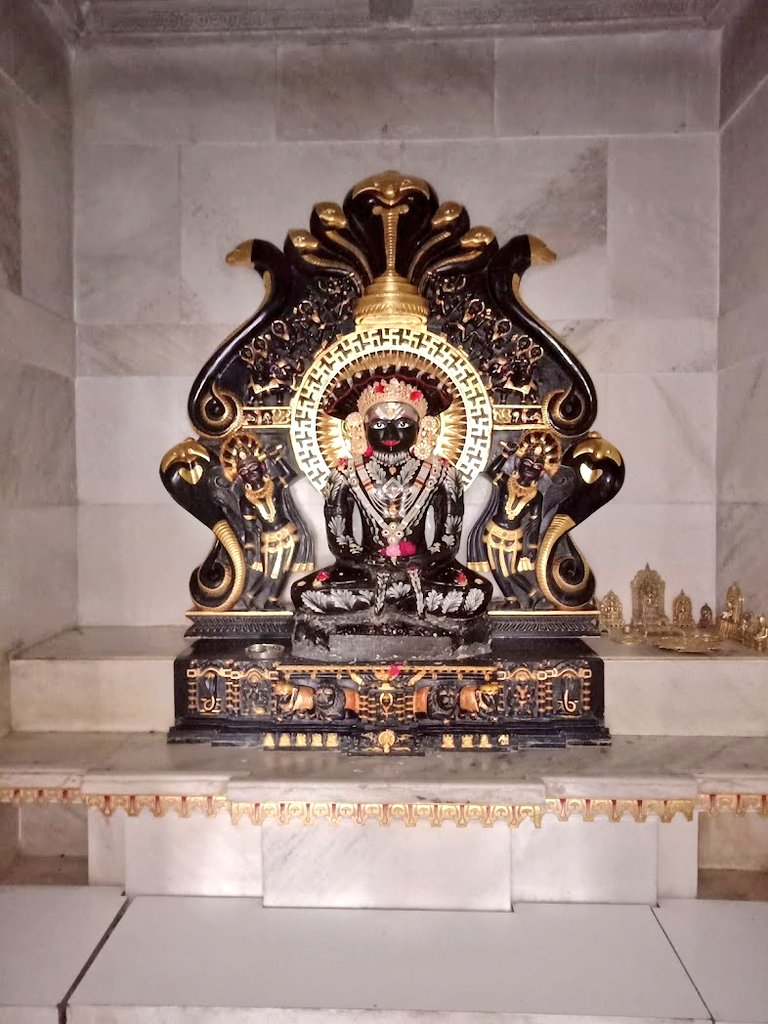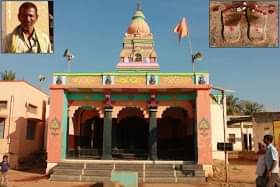
#Jainpersonalities
Who is JAGAT SETH??
India's richest person from whom the #British & #Mughals used to borrow money. Before British rule, our country used to be 'Sone ki Chidiya' due to our rich kings & princely states whose treasuries were full. There was no poverty.
Who is JAGAT SETH??
India's richest person from whom the #British & #Mughals used to borrow money. Before British rule, our country used to be 'Sone ki Chidiya' due to our rich kings & princely states whose treasuries were full. There was no poverty.
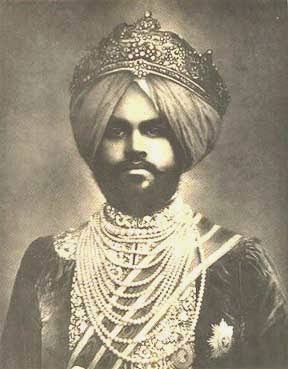
There were such people in India in the 17th-18th century to whom the Mughals & British Empire kept bowing their heads for money. One such household was the 'Jagat Seth' Gharana of Murshidabad, #Bengal. They were originally from #Rajasthan 

Jagat Seth was a title given to Fatehchand ji in 1723 AD by Mughal emperor Muhammad Shah. Since then this entire gharana became famous as 'Jagat Seth'. It was considered to be the richest banker's house of those times. 

Jagat Seth had simplified money transactions, tax collection etc in our country. At that time he had so much wealth & status that he used to do direct transactions with the Mughal Sultanate & the British East India Company later, and also helped them financially when needed. 

Seth Manikchand was born in 17th century to Hiranand Sahu, a Marwari #Jain family in Nagaur dt of #Rajasthan. Hiranand left for #Bihar in search of better business & started Saltpetre Business in Patna which flourished. He lent a lot of money to East India Co & had business relns 

Manikchand expanded & started the business of lending money on Interest. Soon he became friends with the Diwan of Bengal, Murshid Quli Khan, later started handling finances & taxes of the whole of Bengal. It was the richest family in the Mughal Empire & he was titled 'Nagar Seth' 

After Seth Manikchand, Fateh Chand took over & their business reached heights spreading to Dhaka,Patna,Delhi,Bengal & major cities of North India,their main office in Murshidabad.They transacted with East India Company for loans,repayment of loans, buying & selling of bullion etc 

This gharana was compared to the Bank of England. They did special work for the Bengal government, which the Bank of England did for the English government in 18th century. Their income came from many sources like collecting revenue tax, minting coins etc. 

During Fateh Chand's time, his wealth was around 10,000,000 pounds, which would be about 1000 billion pounds in today's time. The documents of the English period mention that they had more money than all the banks put together of England. 

In the 1720s, the entire English economy was also smaller in front of the wealth of Jagat Seth's. To confirm this, know that almost half of the land of undivided Bengal belonged to him ie, if present-day Assam, Bangladesh & West Bengal are included, then half belonged to them! 





It is difficult to estimate how much gold, silver & emerald Jagat Seth had. At that time there was a famous saying that if Jagat Seth wanted he could stop the Ganga by building a wall of gold & silver! In 1744, his grandson Mahtab Rai succeeded him & became the new 'Jagat Seth'. 







Siraj-ud-Daula had asked Jagat Seth for Rs 3 crore for war expenses which was huge. When he refused to lend such a huge amount, Siraj slapped him hard on his refusal. In order to avenge his humiliation, he allied with some aristocrats of Bengal to remove him from the Nawab throne 







To carry out this work, Jagat Seth funded the Britishers during the Battle of Plassey of 1757. Then when the Battle of Plassey took place, Nawab Siraj-ud-Daula's army of 50,000 was defeated by Robert Clive's army of 3000 soldiers. 





Then in 1764, shortly before the Battle of Buxar, Mir Kasim ordered imprisonment of Jagat Seth Madhab Rai & his cousin Maharaj Swaroop Chand on charges of treason & then they were shot. When Madhab Rai was shot dead, he was the richest person in the whole world 

This gharana went into decline eventually & lost most of their land rights. The British East India Company borrowed money but never returned it. The economy, banking & entire power of Bengal came under the control of the East India Company 

The Battle of 1857 became the last nail in his coffin. In the 1900s the Jagat Seth Gharana almost disappeared. No one knows where their descendants are now. The British Empire that had been established after the Battle of Plassey, again took more than 200 years to disintegrate. 

This shows how the British strategically became more powerful financially in India by borrowing money from Indians, which they never returned, and on the other hand how an influential Indian business family was turned to dust by the ruthless Mughals who could not take a 'No'. 

The family of the Jagat Seth were devout Jains and did not forget their roots due to prosperity. They kept up their role as Trustees of the Jain tirth at Paresnath (Shikharji tirth) till long after Plassey, late 19th century. 



They & their community of Jains are known as Johori Seth as they were originally jewellers & had gone into Banking later. Other Jains came to Murshidabad as it had become economic center of Bengal for silk,muslin,ivory,agriculture. Good trade promised good banking opportunities 



The five heads of Jains here were the 'Budh Singh Pratap Singh' Dugars, the 'Azimganj Raj' Dudhorias, the Nahars, the 'Meghraj Mymensingh' Kotharis and the Nowlakhas. At it's peak, this community numbered about 100 Jain households at most. 



The Jains of the twin towns of Jiaganj & Azimganj are known as Sheherwali or the city dwellers and with the gradual economic devastation of Murshidabad during British rule, they have mostly moved to Calcutta but retain very strong connections to Jiaganj and Azimganj. 



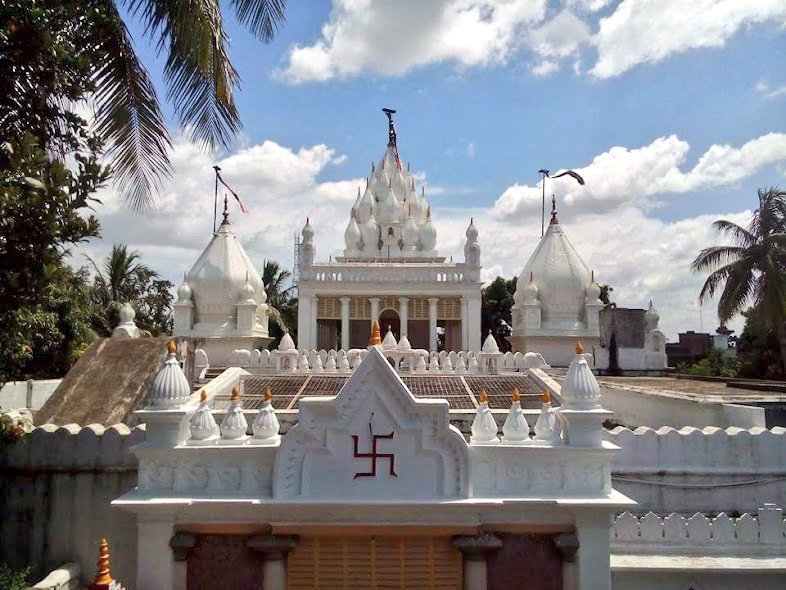

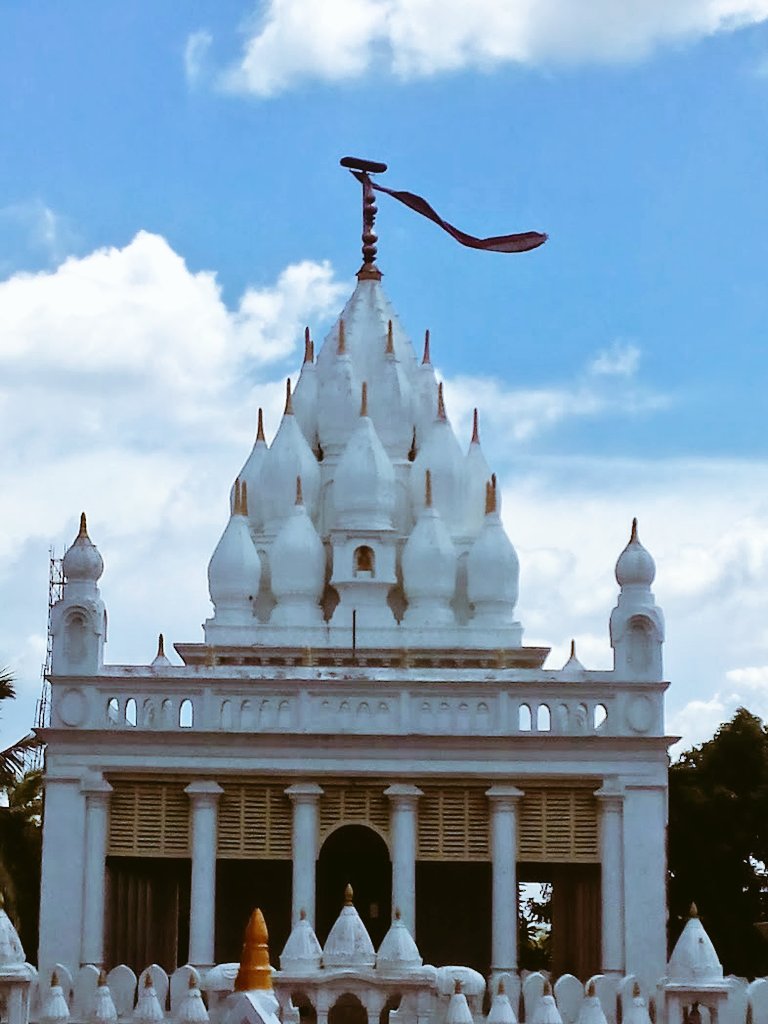

There are several temples & the entire area Jiaganj-Azimganj-Nashipur has come to be known as a tirth. There used to be some rare ratan pratimas in the Azimganj Temple, for security reasons they are no longer on public display, rarely taken out on occasions. 







The bhandars of some of these temples are reported to contain quite a collection of old texts as Murshidabad was for a while a center of Jain manuscript collectors
awesomegyan.co/jagat-seth-gha…
faculty.washington.edu/doogar/www/Oth…



awesomegyan.co/jagat-seth-gha…
faculty.washington.edu/doogar/www/Oth…




• • •
Missing some Tweet in this thread? You can try to
force a refresh




